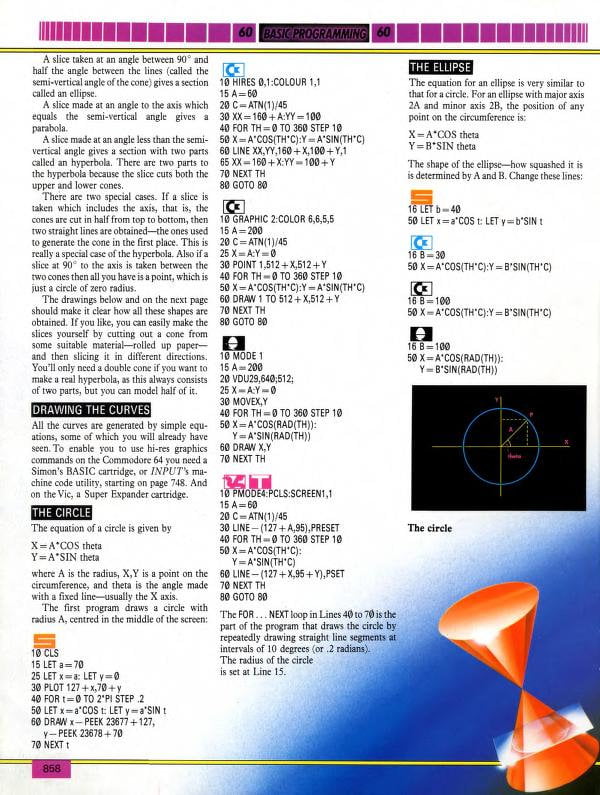Back in the 1980s, when my family first got a micro-computer, there were only limited ways to program your machine. The Internet was basically non-existent for domestic users. You could buy thick computer manuals, swap cassettes with other enthusiasts, or build a light pen and point it at a flashing square on your TV (Really!)
Or, you could go down to your local newsagent, buy a magazine, and laboriously hand-type in a code listing. Sometimes, they would look like this:

Yikes! Ah, but they were simpler days...
I recently rediscovered an old issue of a British microcomputer magazine called "Input". It contained code listings for several popular machines. Here's a sample:

See those little icons beside each code listing? Here's what they meant:

Thirteen different computers with seven different programming languages. They share some common syntax, but not much. The commands are terse and unintuitive. But are things any better today?
A properly written Python3 program will run on Windows, Mac, and Linux - whether it's an expensive desktop or a pocket-money Raspberry Pi.
Or you can write in Go, Java, PHP, Haskell, Ruby, JavaScript - and many others that I'm not cool enough to know.
I know why we have different programming languages - but it sometimes seems that we're making life unnecessarily hard for ourselves.